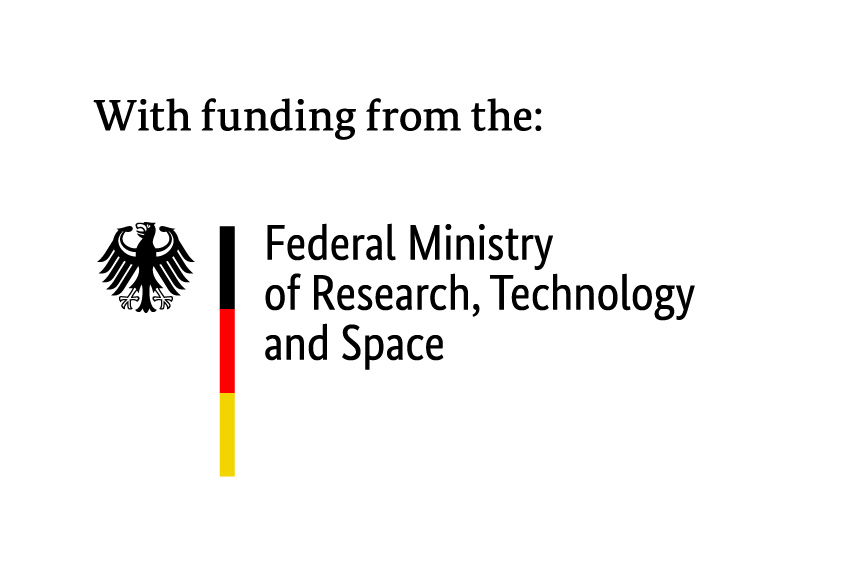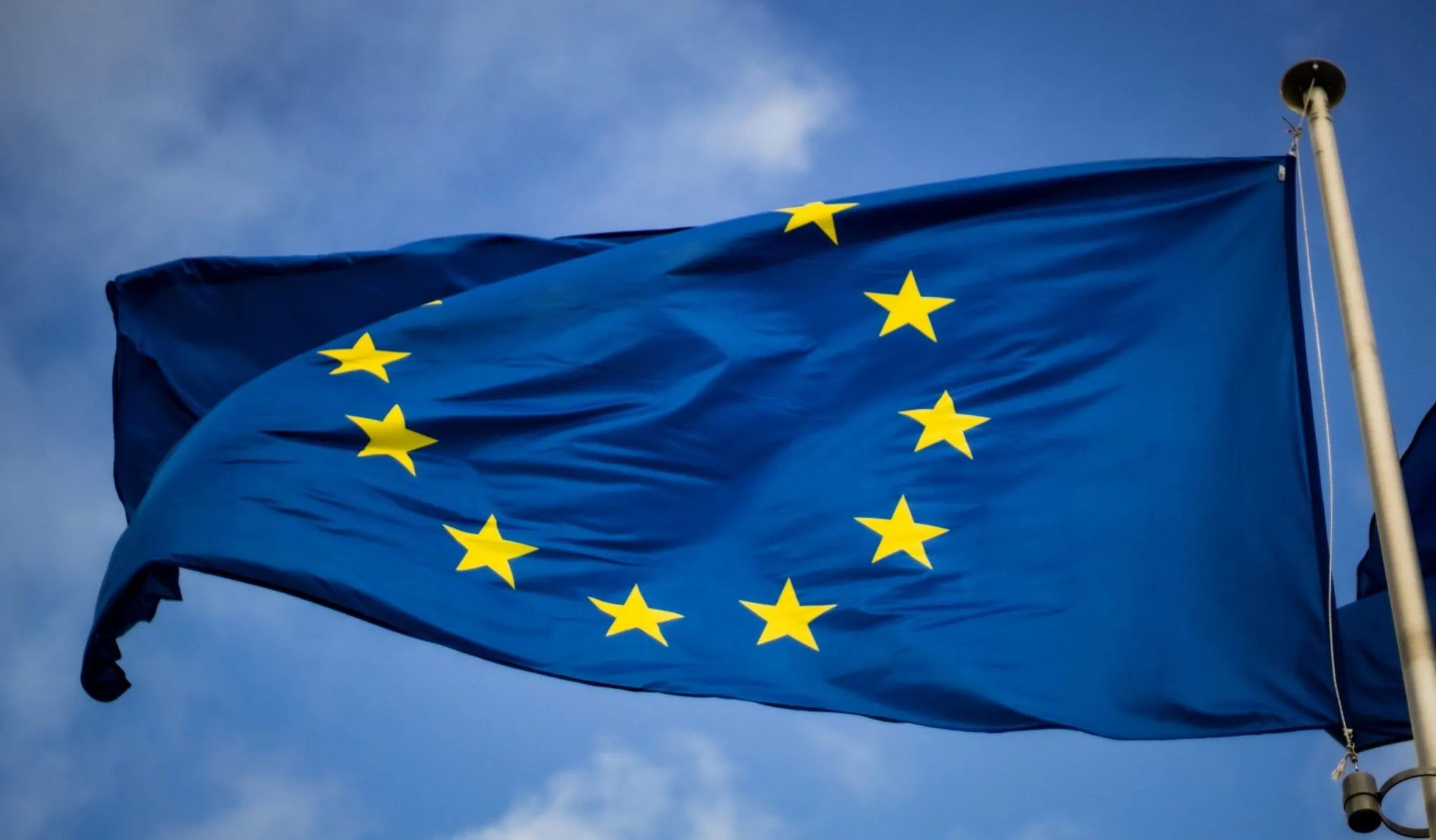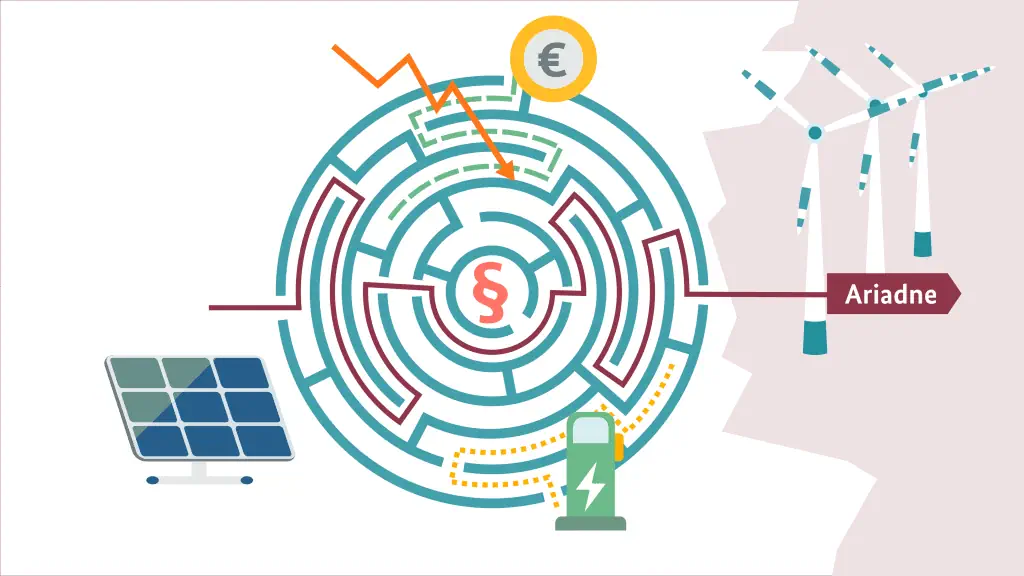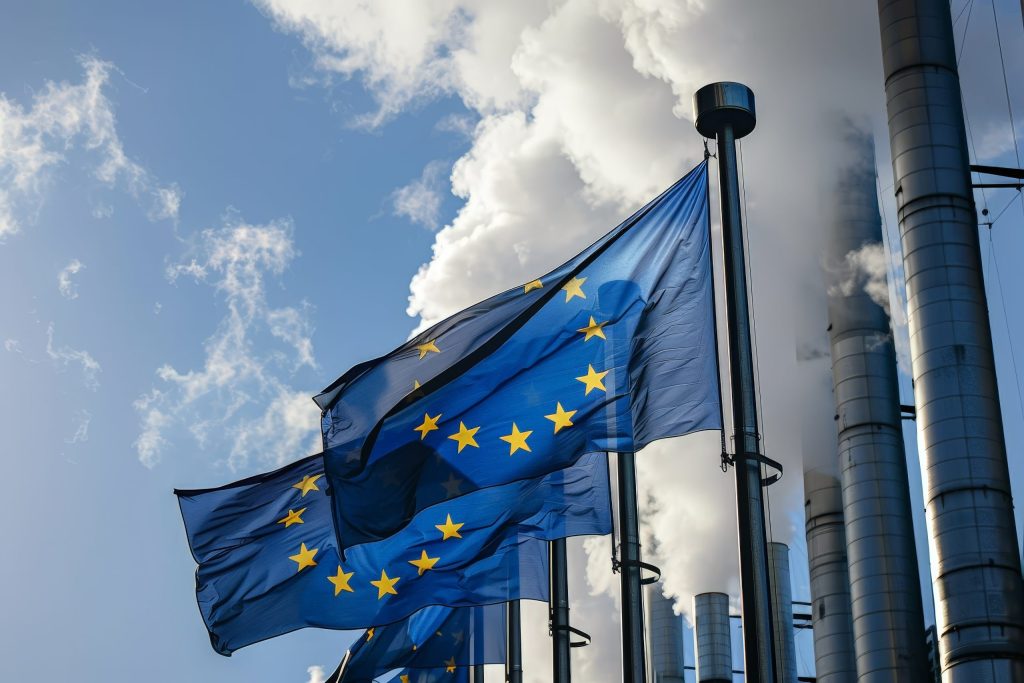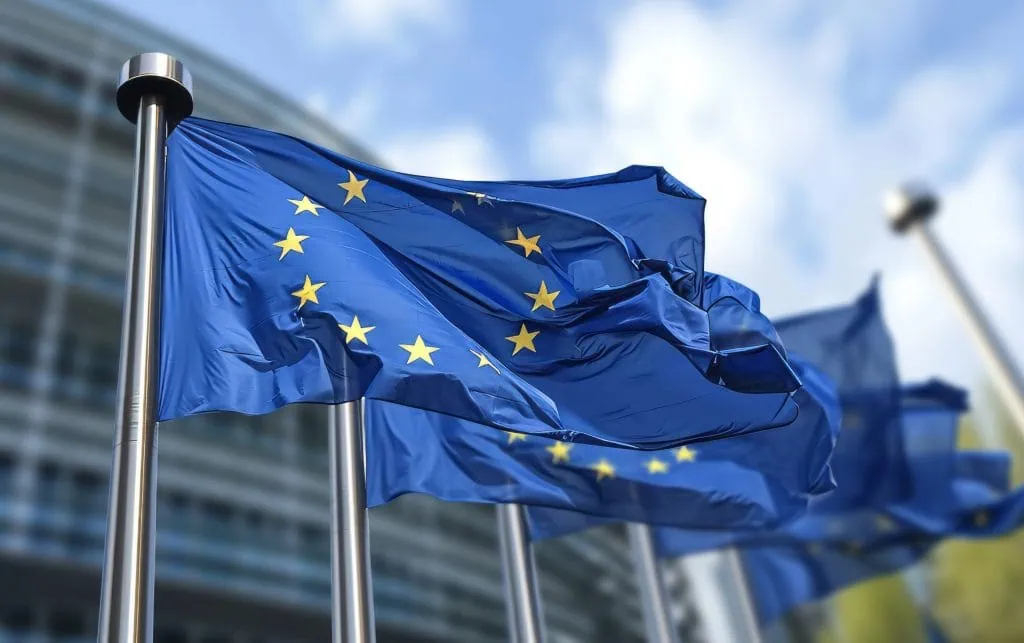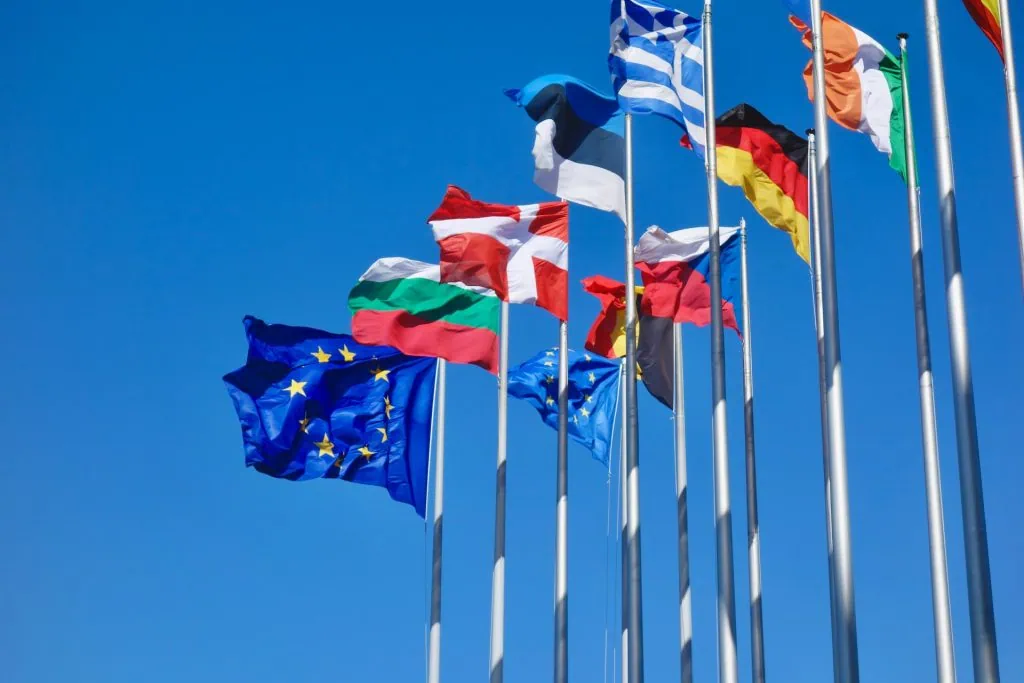The EU on the road to climate neutrality
European integration of the German energy transition
The European Union is setting the course. With the tightening of the EU climate target to a 55 percent reduction in greenhouse gases by 2030 and the European Green Deal, the European Commission wants to set the right path for Europe to become climate neutral by 2050, and for countries to contribute to the goals of the Paris Climate Agreement. In doing so, the EU is also strongly influencing the course of national climate policy in Germany. It is still unclear which actions within the framework of European and national requirements can be legally and politically implemented, and how these should be designed to be effective.
The EU emissions trading system (EU EUTS) is one of the most important policy instruments. From the introduction of a minimum price to the integration of sectors not yet covered and comprehensive Europe-wide certificate trading, Ariadne informs policy-makers on which instruments should be reviewed, and which reforms should be initiated to ensure effective CO2 pricing across the EU. The Carbon Border Adjustment Mechanism (CBAM) and policy options for technologies and industry, as well as a fair distribution of efforts between the individual EU countries, will be discussed. Ariadne also looks into the possibility of target-oriented governance of various climate policy measures at both EU and national levels.
News from the project
Hydrogen, Europe & Green Deal, Governance & Institutions, Scenarios, Tax reform, Industrial transition, Heating transition, Electricity Transition, Transport transition |
Working together toward climate neutrality
In a new short video, the Kopernikus project Ariadne shows why research into climate policy measures is so important for achieving climate neutrality.
to NewsHydrogen, Europe & Green Deal, Industrial transition |
Europe must provide even better incentives for renewable hydrogen
Ariadne researchers have analysed the EU framework for the ramp-up of hydrogen. This energy carrier, produced with electricity from renewable sources, is intended to decarbonise sectors that are difficult to electrify, such as the chemical and steel industries.
to NewsEurope & Green Deal |
Staying the course in turbulent times: A dialogue with the Ariadne Project on future EU energy and climate policy
The Ariadne project provides the results of the three-day event on EU climate and energy policy (9-11.12.2024) in Brussels.
to EventsEurope & Green Deal |
Conference: Shaping EU climate and energy policy
From climate clubs and the future design of electricity markets to EU Governance, carbon pricing instruments and social compensation – during the latest ‘Ariadne in Brussels’ event that took place from December 5-8, Ariadne researchers gave insight into their …
to EventsEurope & Green Deal |
Political consensus for EU emissions trading for heat and transport through fair design and economically efficient price
The extension of emissions trading to the buildings and transport sector (ETS2) is a core element of the European Commission’s Fit for 55 package, which is highly controversial. The aim of the ETS2 is to create incentives for climate-friendly …
to NewsEurope & Green Deal |
Make greater use of EU emissions trading to ease the burden on national climate targets
European emissions trading (EU ETS) is a core element of EU climate policy, but the European Commission’s proposed revision of the EU ETS is currently having a tough time in the European Parliament. Last week, a majority of MEPs …
to News
